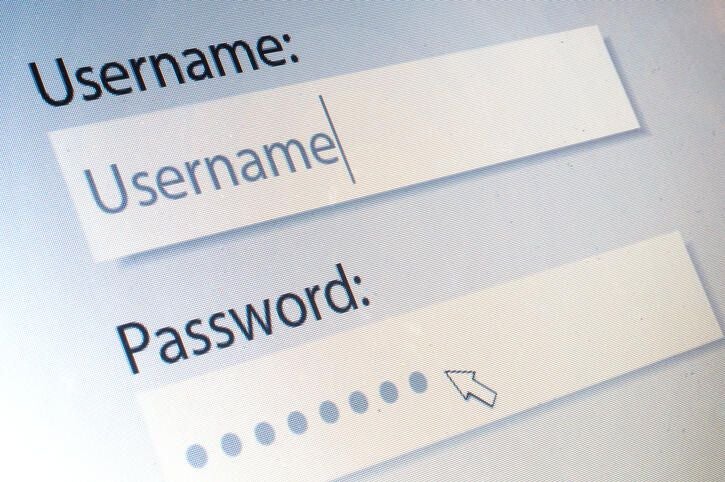IoT Custom Software Development is growing in importance.
In the span of a decade, from 2020 to 2030, the Internet of Things devices will grow from 75 billion to over 100 billion, and the enhancement from 4G to 5G when it comes to boosting the IoT is critical. The 4G network today could support up to 5500 to 6000 NB-IoT devices on one cell. The IoT, being a technology of the future, is already becoming a reality.
It’s possibilities for agriculture, health, manufacturing, and daily lives are crazier than any writer of Sci-Fi in history could have ever imagined. It has disrupted technologies and processes, including custom application development. For most IoT devices, mobile applications are the point of connection.
Why develop custom Internet of Things apps?
The Internet of Things market is noteworthy and has something to offer numerous other markets. It seems like the IoT devices soon would be all over, from smart cities to bug factories, agricultural fields, and cars, and houses. Internet of Things custom software development helps ensure human safety, ease of living, and environmental sustainability.
Technology has made integration more and more expected in the things we purchase, the services we rely on, and even the clothes we wear. Still, the internet of things market is a minefield. It requires scalable, strong, high-quality, and user-friendly solutions.
Furthermore, the IoT team of developers need to reassess their workflows and procedures to take everything into consideration. Just like anything else, there are also challenges to the Internet of Things development project. Let’s find out.
7 Challenges Faced in IoT Custom Software Development
Because of the booming demand, the competition among the Internet of Things startups and software application development is fierce. This, as well as the lack of accepted standards, make programmers always looking for updated protocols and new practices.
1) Gateways Selection
For connecting all of these elements, the gateways of the Internet of Things is the key. Various devices could have different protocols in terms of connectivity. Wi-Fi, serial ports, Bluetooth, and so on have different energy profiles. Gateways could be found between connected devices, the cloud, and IoT sensors; thus the whole ecosystem of the IoT is dependent on them.
Modern intelligent gateways have a few common mandatory features, making the lives of developers easier. You need only to select one that will meet the requirements of your Internet of Things application. Take into consideration the network and interface specifications, memory capacities, power rating, the development environment, as well as other parameters. Private, credible, and safe communication between devices should be, by default, guaranteed.
2) Considering the Operating Systems
Before you start developing an IoT app, various technical factors must be considered with care. The team should evaluate the devices that they would work with. IoT devices, unlike traditional desktops, are much less powerful and relatively have a small memory capacity.
Meaning that developers must choose the corresponding operating system, which should fit the device capabilities and the functionality requirements. In the latest developer survey, it shows that the top choice for IoT microcontrollers, gateways, and constrained devices is Linux.
3) IoT Custom Software Development Steps: Deciding on the Right Platform
No sane app developer would want to develop from scratch. This is where the Internet of Things platforms come into rescue since they provide a combination of tools, which bring physical objects online. The market of the platform is broad and confusing, thus you should choose wisely.
Your platform of choice should provide:
- security
- scalability
- connectivity
- usability
- easy integration
Nonetheless, developers of IoT should keep in mind that the perfect platforms for intelligent factories may not fit energy consumption solutions or connected automobiles. Some companies even go for setting up a real-world testbed with the actual process of production to decide on the right platform.
4) Entire Control over Quality
Another tender spot of the Internet of Things software is the QA. Since IoT devices are not just used to control the temperature in warehouses, but for insulin pumps as well, testing should be completely thorough. Any small concern literally could be deadly. Thus, security testing is an absolute must in the process of developing apps right from the very beginning.

For process optimization, find modules that don’t require testing with each release. Look for the protocols that already went through security testing, and would stay unchanged for further releases. Aside from security testing, compatibility and usability should also be assured.
5) Security
The IoT technology includes different connected devices, and thus hackers have numerous juicy targets to find vulnerabilities. Not all devices forming a network have been tested adequately for penetrations. And thus, the whole system is threatened.
The number of cyber-attacks would grow continuously, and security is a tremendous challenge for IoT developers. The protection level depends hugely on how much the organization is ready to invest in security expertise right from the concept phase. The following helps you minimize unauthorized access and the possibility of attacks:
- isolated VLA
- detached corporate VPN
- SSL/TLS encryption techs
- updated and modern anti-virus
- web design and development vetted frameworks
- machine-to-machine and end-user authentication
Organizational security architecture using traditional control and protection methods must be updated to face the new IoT challenges of today.
6) Cross-platform Deployment
The IoT space includes devices with various protocols, operating systems, and architectures. These variables should all fit together and seamlessly work. Thus, the IETF or the Internet Engineering Task Force, the IEEE, or the Institute for Electrical and Electronic Engineers, as well as other renowned and reputable companies came up with open architecture models and standards for cross-platform deployment.

They’re always updated, and the Internet of Things services must leverage all these best practices to ascertain interconnected communication.
7) Design that’s User-Friendly
A consumer Internet of Things app should be as simple as possible and design-driven. No one wants to update a smartwatch by studying the manual. A design that’s user-friendly is also important for industrial startups since they have to focus on quick decision-making and data visualization.
Because the IoT workflow in every device, person, and thing are talking to one another, taut cooperation between IoT designers and developers is a must to make sure of the following:
- seamless transition between systems and devices
- secure ye effortless authentication
- a unified environment for the whole IoT system
- UX personalization and products’ adjustment to behavior patterns
The Bottom Line on IoT Custom Software Development
In spite of the overwhelming and impressive Internet of Things apps growth and the connected devices space, there are so many challenges that IoT app developers need to encounter on a regular basis. By focusing on all these challenges ahead, they could at least take the right precautions to ensure efficient output and optimum quality.
Embracing the generally accepted IoT project standards would enable us to resolve some of the development challenges. Particularly, we could boost the security of the apps as well as their cross-platform deployment.




